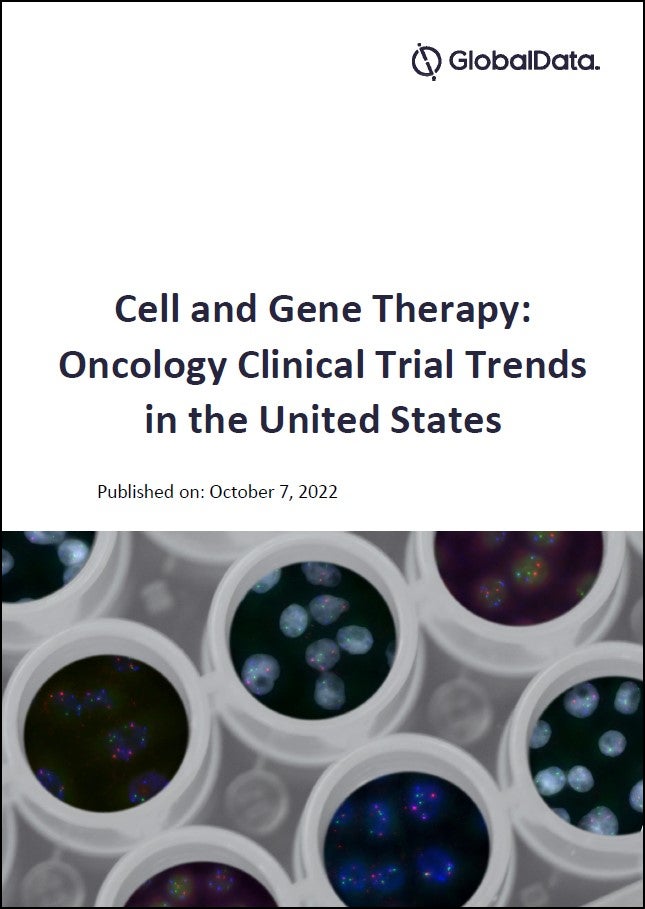Canadian provinces have different breast cancer screening recommendations for women starting at either age 40 or 50 years, despite evidence that early detection improves patient outcomes. A recent Canadian study, published in Current Oncology by Wilkinson and colleagues, highlights this issue and provides evidence to initiate breast cancer screening earlier at the age of 40 years. GlobalData epidemiologists expect that the results of this study will likely impact nationwide screening recommendations for Canadian women by lowering the breast cancer screening age to 40 years.
In the study by Wilkinson and colleagues, jurisdictions with screening programmes for women aged 40-49 years (screeners) were compared with those without (non-screeners). More specifically, mammography screening practices in women aged 40-49 years were compared with the stage of diagnosis in women aged 40-49 and 50-59 years. Data by province/territory were obtained between 2010 and 2017 from the Canadian Cancer Registry (CCR) and Canadian Community Health Survey (CCHS). The CCR is a population-based database that contains data collected and reported to Statistics Canada by each provincial/territorial cancer registry, while the CCHS is a national cross-sectional survey that collects data on screening mammography activity.
How well do you really know your competitors?
Access the most comprehensive Company Profiles on the market, powered by GlobalData. Save hours of research. Gain competitive edge.

Thank you!
Your download email will arrive shortly
Not ready to buy yet? Download a free sample
We are confident about the unique quality of our Company Profiles. However, we want you to make the most beneficial decision for your business, so we offer a free sample that you can download by submitting the below form
By GlobalDataAccording to the study’s findings, women aged 40–49 years in non-screener jurisdictions had significantly higher proportions of stages II (43.7% vs. 40.7%), III (18.3% vs. 15.6%), and IV (4.6% vs. 3.9%) compared to women in screener jurisdictions. In addition, women aged 50–59 years had significantly higher proportions of stages II (37.2% vs. 36.0%) and III (13.6% vs. 12.3%) in the non-screener versus screener groups. This analysis reveals how screening policies in women aged 40-49 years impact women aged 50-59 years; initiating screening sooner can lead to earlier disease detection and improved patient outcomes.
In Canada, GlobalData epidemiologists forecast that diagnosed incident cases of invasive breast cancer in women will grow from nearly 27,000 cases this year to 30,000 cases in 2030. However, should screening recommendations change in the near future, the number of diagnosed incident cases will likely surpass current forecast estimates due to expanded screening criteria and increased case identification. GlobalData epidemiologists suggest that further analysis of screening data should be carried out to more clearly assess, characterise and quantify the impact of these new guidelines should they be adopted.





